Home>Gardening & Outdoor>Plant Care & Gardening Tips>When To Plant Wildflower Seeds In Canada
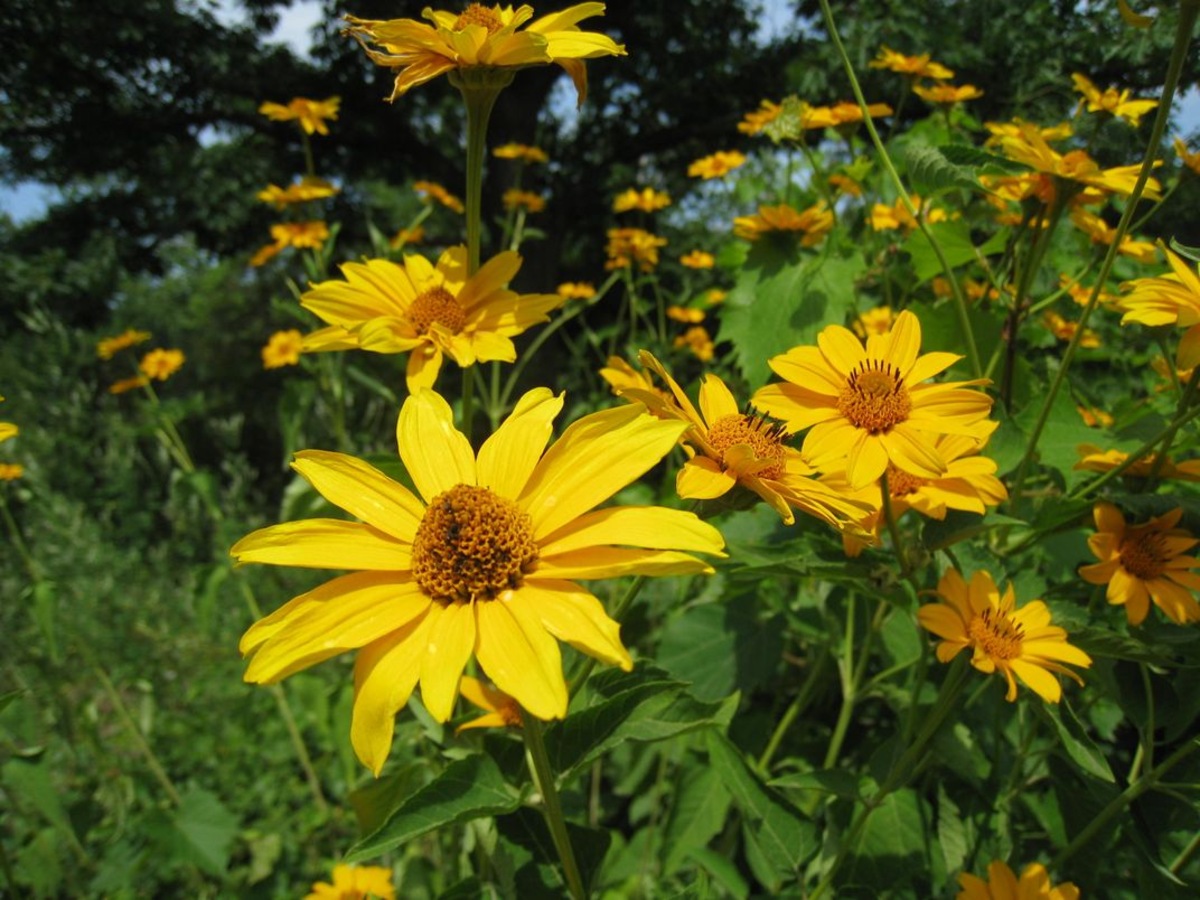

Plant Care & Gardening Tips
When To Plant Wildflower Seeds In Canada
Modified: January 9, 2024
Discover the best time to plant wildflower seeds in Canada and get expert plant care and gardening tips to ensure a successful and vibrant garden. Explore the ideal planting conditions and techniques for beautiful wildflowers.
(Many of the links in this article redirect to a specific reviewed product. Your purchase of these products through affiliate links helps to generate commission for Storables.com, at no extra cost. Learn more)
Introduction
Are you looking to add a burst of natural beauty to your Canadian garden? Wildflowers might just be the perfect solution. These vibrant and diverse plants not only attract pollinators but also offer a low-maintenance way to enhance your outdoor space. However, successfully growing wildflowers in Canada requires careful consideration of the unique climate and soil conditions. In this comprehensive guide, we will explore the best practices for planting wildflower seeds in Canada, ensuring that you can enjoy a stunning display of blossoms in your own backyard. Let's delve into the world of wildflowers and discover the secrets to cultivating these enchanting plants in the Canadian landscape.
Key Takeaways:
- Wildflowers in Canada thrive in diverse climates and soil conditions. By planting native species at the right time, you can create a low-maintenance, vibrant garden that supports local wildlife and pollinators.
- To grow wildflowers in Canada, choose the right planting time and location. With proper care and maintenance, you can enjoy the beauty of these resilient plants while contributing to the biodiversity of your local ecosystem.
Read more: When Should I Plant Wildflower Seeds
Understanding Wildflowers
Wildflowers are a diverse group of flowering plants that grow without any human intervention. They are well-adapted to local environmental conditions and have evolved to thrive in various ecosystems across Canada. These resilient plants often boast vibrant blooms in an array of colors, attracting bees, butterflies, and other pollinators. Unlike traditional garden flowers, wildflowers are not only visually captivating but also play a crucial role in supporting local ecosystems.
When it comes to selecting wildflower species for your garden, it’s essential to consider the native flora of your region. Native wildflowers are well-suited to the local climate and soil conditions, making them more likely to thrive in your garden. Additionally, native wildflowers provide essential food and habitat for local wildlife, contributing to the overall biodiversity of the area.
One of the key advantages of planting wildflowers is their low-maintenance nature. Once established, many wildflower species require minimal care, making them an excellent choice for busy gardeners or those seeking a more naturalistic approach to landscaping. By understanding the unique characteristics of wildflowers and their ecological significance, you can make informed choices when incorporating these enchanting plants into your outdoor space.
Climate and Soil Considerations
Before embarking on your wildflower planting journey, it’s crucial to assess the climate and soil conditions specific to your region in Canada. The vast expanse of the country encompasses diverse climatic zones, each with its own unique characteristics that can significantly impact the success of your wildflower garden.
Canada’s climate varies widely, ranging from the temperate Pacific coast to the frigid Arctic regions. Understanding the average temperatures, precipitation patterns, and frost dates in your area is essential for selecting wildflower species that can thrive in these conditions. For instance, regions with harsh winters and short growing seasons may require cold-hardy wildflowers that can withstand low temperatures and early frosts.
Equally important is the assessment of soil composition and quality. Wildflowers have specific soil preferences, and understanding these requirements is fundamental to their successful growth. Factors such as drainage, pH levels, and nutrient content play a significant role in determining which wildflower species will flourish in your garden. Conducting a soil test can provide valuable insights into the composition of your soil, allowing you to make informed decisions when selecting and preparing a suitable planting site for wildflowers.
Furthermore, considering the sunlight exposure in your garden is essential. Some wildflower species thrive in full sun, while others prefer partial shade. By evaluating the light conditions in your outdoor space, you can identify the most suitable locations for planting wildflowers, ensuring that they receive the optimal amount of sunlight for healthy growth and abundant blooms.
By carefully assessing the climate, soil, and light conditions specific to your region, you can make informed decisions when selecting wildflower species and preparing the ideal planting environment. This thoughtful approach will set the stage for a flourishing wildflower garden that harmonizes with the natural elements of the Canadian landscape.
Best Time to Plant Wildflower Seeds in Canada
Timing is crucial when it comes to planting wildflower seeds in Canada. The diverse climate across the country means that the best time for sowing wildflower seeds can vary depending on the region. Generally, the optimal time for planting wildflower seeds in Canada is during the early spring or late fall, aligning with the natural cycles of germination and growth for many wildflower species.
In regions with harsh winters and short growing seasons, such as the northern provinces, late fall planting allows the seeds to undergo a period of cold stratification during the winter months. Cold stratification is a natural process in which seeds require exposure to cold, moist conditions to break dormancy and prepare for germination. By planting wildflower seeds in late fall, they can experience this essential stratification period, leading to more robust and uniform germination in the spring.
In more temperate regions, particularly along the southern coasts and in the prairie provinces, early spring is an ideal time to sow wildflower seeds. As the soil begins to warm and the risk of frost diminishes, wildflower seeds can be sown directly into prepared garden beds or outdoor containers. This timing allows the seeds to take advantage of the increasing daylight and warmth, fostering rapid germination and early establishment before the heat of summer arrives.
It’s important to note that the specific planting window for wildflower seeds may vary depending on the species. Some wildflowers have unique germination requirements and may benefit from specific timing based on their natural growth cycles. Researching the individual needs of the wildflower species you intend to plant will provide valuable insights into the optimal sowing times for each variety.
By aligning your wildflower planting activities with the natural rhythms of the seasons in your region, you can maximize the success of seed germination and establishment, setting the stage for a vibrant and thriving display of wildflowers in your Canadian garden.
Wildflower seeds should be planted in Canada in the early spring or late fall, when the soil is cool and moist. This will give the seeds the best chance of germinating and establishing strong roots before the heat of summer.
Steps for Planting Wildflower Seeds
Planting wildflower seeds in Canada requires careful preparation and thoughtful execution to ensure the best possible growing conditions for these resilient and captivating plants. By following a few key steps, you can set the stage for successful seed germination and the establishment of a flourishing wildflower garden in your outdoor space.
- Site Selection: Choose a suitable location for planting wildflower seeds. Consider factors such as sunlight exposure, soil quality, and drainage to create an optimal growing environment for the seeds.
- Soil Preparation: Prepare the planting area by removing any existing vegetation and loosening the soil to a depth of a few inches. This will create a receptive seedbed for the wildflower seeds.
- Seed Sowing: Scatter the wildflower seeds evenly over the prepared soil, ensuring that they are distributed in a way that allows each seed to have ample space for germination and growth. Lightly press the seeds into the soil to ensure good seed-to-soil contact.
- Watering: After sowing the seeds, gently water the planting area to provide moisture that will support germination. It’s essential to keep the soil consistently moist but not waterlogged during the germination period.
- Mulching: Consider applying a thin layer of mulch over the planted area to help retain soil moisture and protect the seeds from drying out or being disturbed by birds or wind. Organic mulches, such as straw or shredded leaves, are excellent choices for this purpose.
- Monitoring and Care: Keep a close eye on the planted area, monitoring soil moisture levels and the emergence of seedlings. As the wildflower seeds germinate and grow, continue to provide consistent moisture and ensure that emerging seedlings are not overshadowed by competing vegetation.
- Thinning and Maintenance: As the wildflower seedlings develop, thin out any overcrowded areas to allow sufficient space for healthy growth. Once established, wildflowers typically require minimal maintenance, but regular weeding and watering may be necessary during dry periods.
By following these essential steps for planting wildflower seeds, you can create an inviting and vibrant habitat for these enchanting plants to thrive. Embracing the natural beauty of wildflowers in your Canadian garden is a rewarding endeavor that can bring joy to both you and the local ecosystem.
Read more: When To Seed Wildflowers
Maintenance and Care
Once your wildflower seeds have germinated and begun to establish themselves, providing appropriate maintenance and care will support their continued growth and ensure a stunning display of blossoms in your Canadian garden. Wildflowers are known for their resilience and adaptability, but a few key practices can help maintain their health and vitality throughout the growing season.
- Watering: While many wildflower species are drought-tolerant once established, consistent watering is crucial during the initial stages of growth. Ensure that the soil remains consistently moist but not waterlogged, particularly during dry spells or prolonged periods of heat.
- Weeding: Regularly inspect the wildflower bed for invasive weeds that may compete with the wildflowers for resources. Promptly remove any unwanted vegetation to prevent it from encroaching on the wildflower space.
- Supporting Pollinators: Wildflowers are valuable sources of nectar and pollen for bees, butterflies, and other pollinators. By cultivating a diverse array of wildflowers, you can create a welcoming habitat for these essential creatures, contributing to the overall health of the local ecosystem.
- Deadheading: Removing spent blooms, a practice known as deadheading, can encourage prolonged flowering and prevent the wildflowers from expending energy on seed production. This simple task can promote continuous blooming and extend the visual appeal of the wildflower garden.
- Observation and Enjoyment: Take the time to observe the wildflowers as they progress through their growth stages. Appreciate the intricate beauty of the blooms and the diverse array of pollinators they attract. Engaging with your wildflower garden can deepen your connection to the natural world and provide moments of tranquility and wonder.
It’s important to embrace the wild and naturalistic qualities of a wildflower garden while providing the necessary care to support its vitality. By nurturing these resilient plants and creating a welcoming environment for pollinators, you can contribute to the preservation of local biodiversity and enjoy the ever-changing tapestry of colors and textures that wildflowers bring to your Canadian landscape.
Conclusion
Embracing the beauty and ecological significance of wildflowers can transform your Canadian garden into a vibrant and biodiverse sanctuary. By understanding the unique characteristics of wildflowers and the considerations specific to the Canadian climate and soil conditions, you can cultivate a stunning display of native blooms while supporting local wildlife and pollinators.
Whether you reside in the temperate regions of the south, the rugged landscapes of the north, or the expansive prairies of the central provinces, there are wildflower species that can thrive in your local environment. By carefully selecting and planting native wildflower seeds at the optimal times, you can establish a resilient and visually captivating garden that harmonizes with the natural elements of your region.
As your wildflower garden flourishes, the low-maintenance nature of these resilient plants allows you to enjoy their beauty without excessive upkeep. Providing essential care, such as watering, weeding, and supporting pollinators, will contribute to the ongoing health and vitality of the wildflowers while fostering a deeper connection to the natural world.
Ultimately, the allure of wildflowers lies in their ability to evoke a sense of wonder and tranquility, creating a dynamic tapestry of colors and textures that evolves throughout the seasons. By incorporating wildflowers into your Canadian garden, you play a role in preserving and celebrating the rich biodiversity of the local landscape while savoring the ever-changing spectacle of nature’s artistry.
So, roll up your sleeves, select your favorite wildflower species, and let the enchanting beauty of these resilient plants enrich your outdoor space. With thoughtful planning and a touch of patience, you can cultivate a wildflower garden that not only captivates the eye but also contributes to the vitality of the natural world right outside your door.
Frequently Asked Questions about When To Plant Wildflower Seeds In Canada
Was this page helpful?
At Storables.com, we guarantee accurate and reliable information. Our content, validated by Expert Board Contributors, is crafted following stringent Editorial Policies. We're committed to providing you with well-researched, expert-backed insights for all your informational needs.
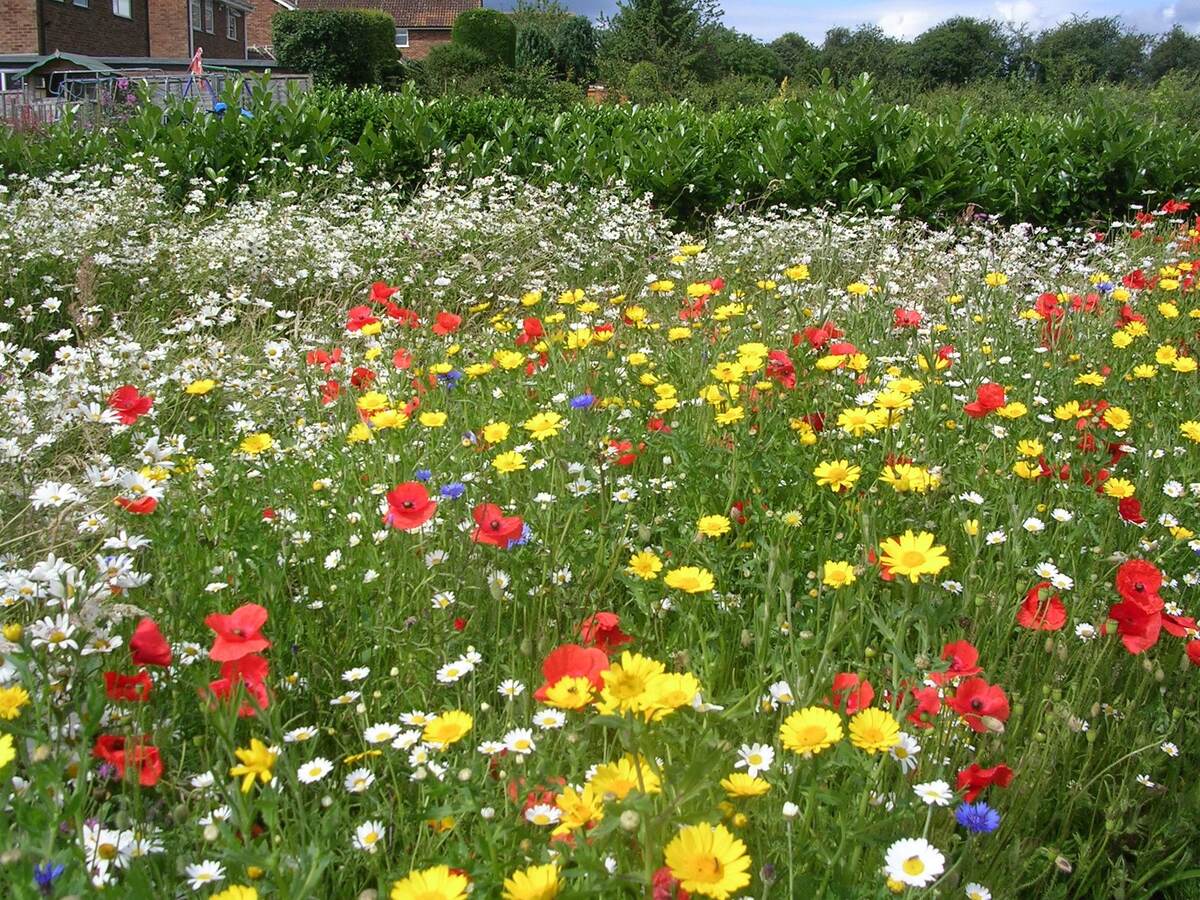
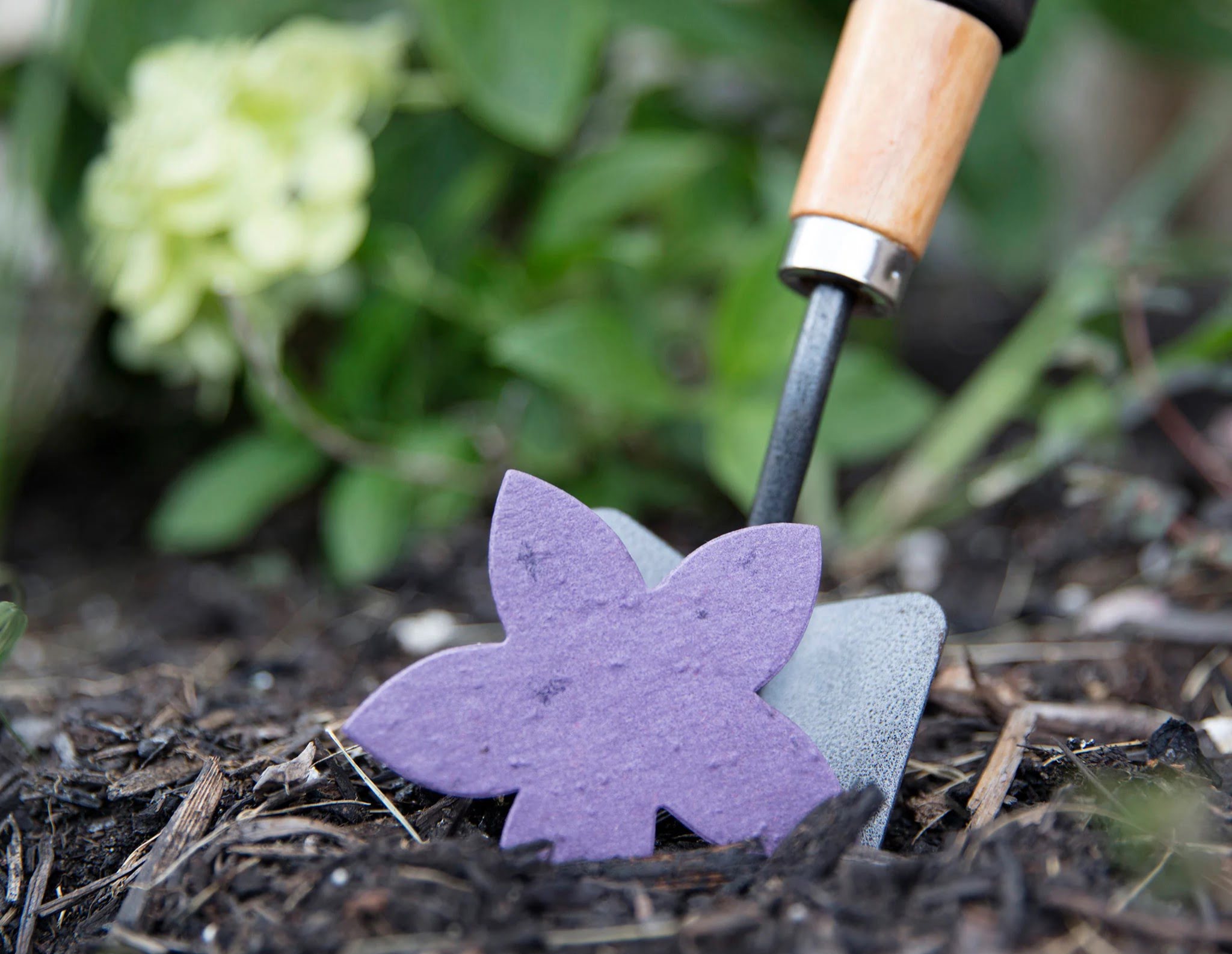
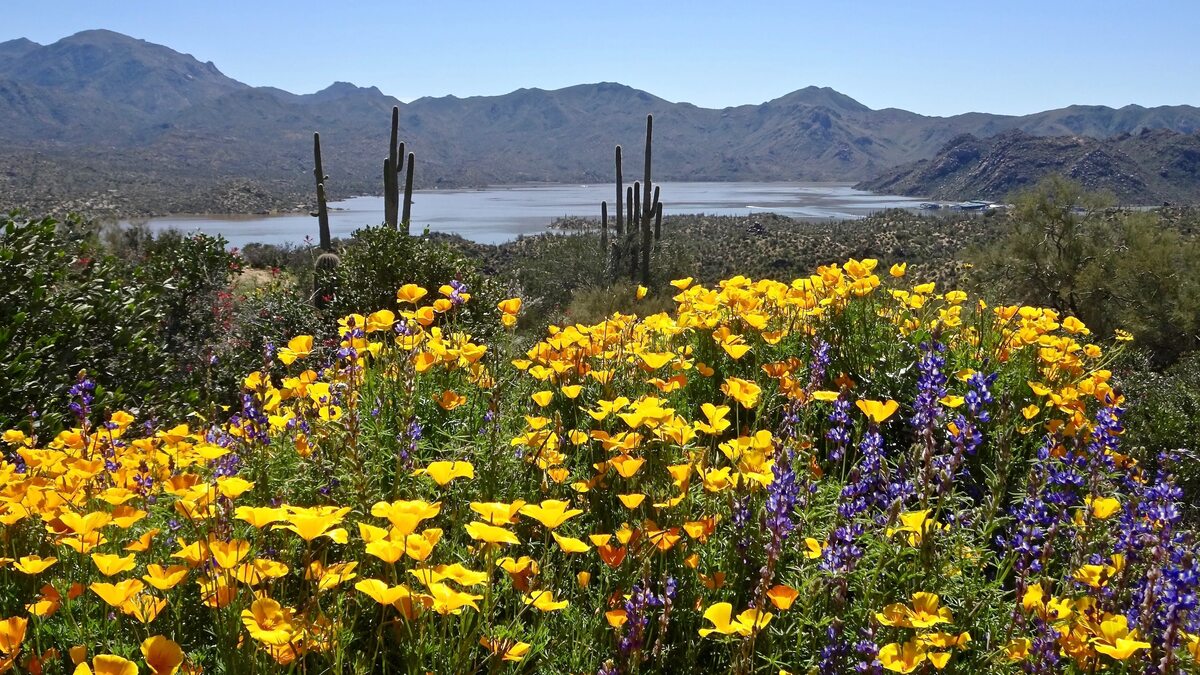
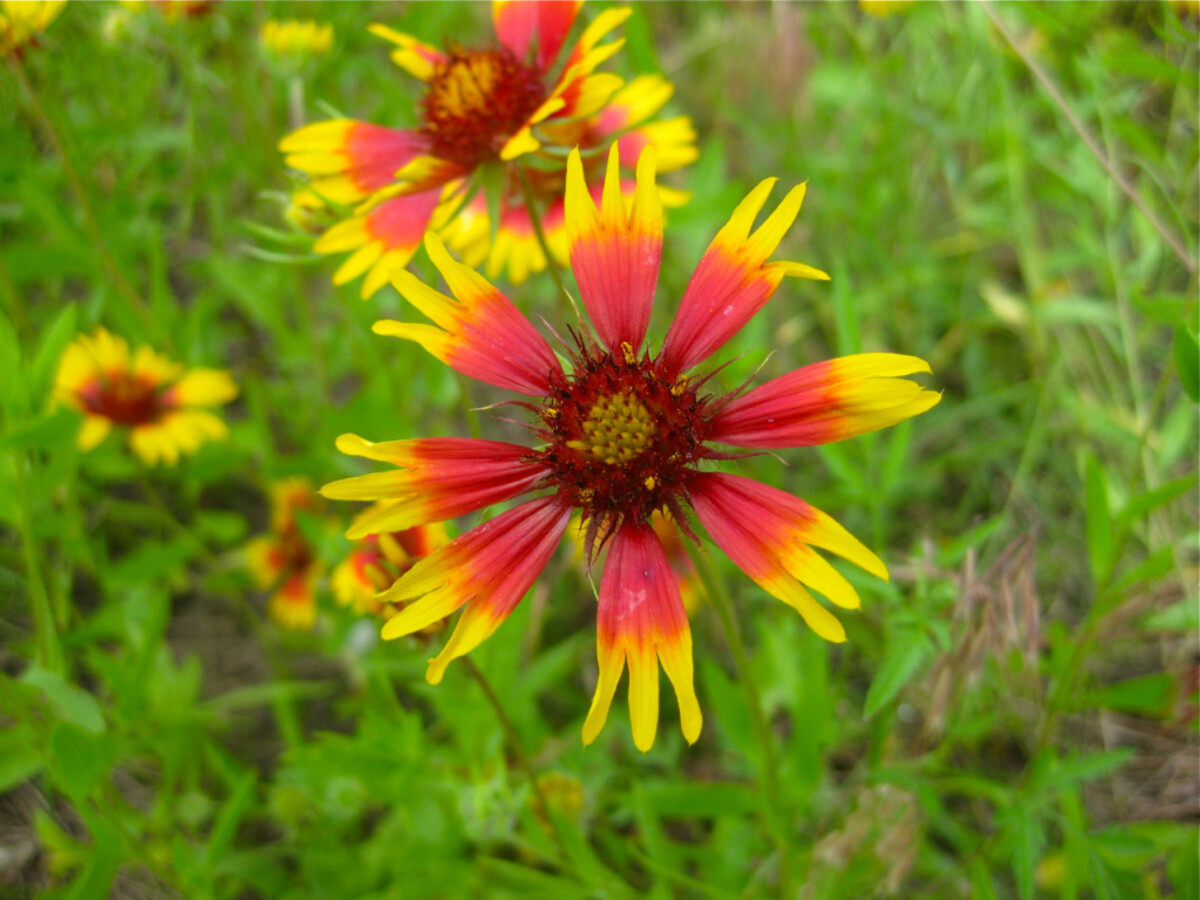
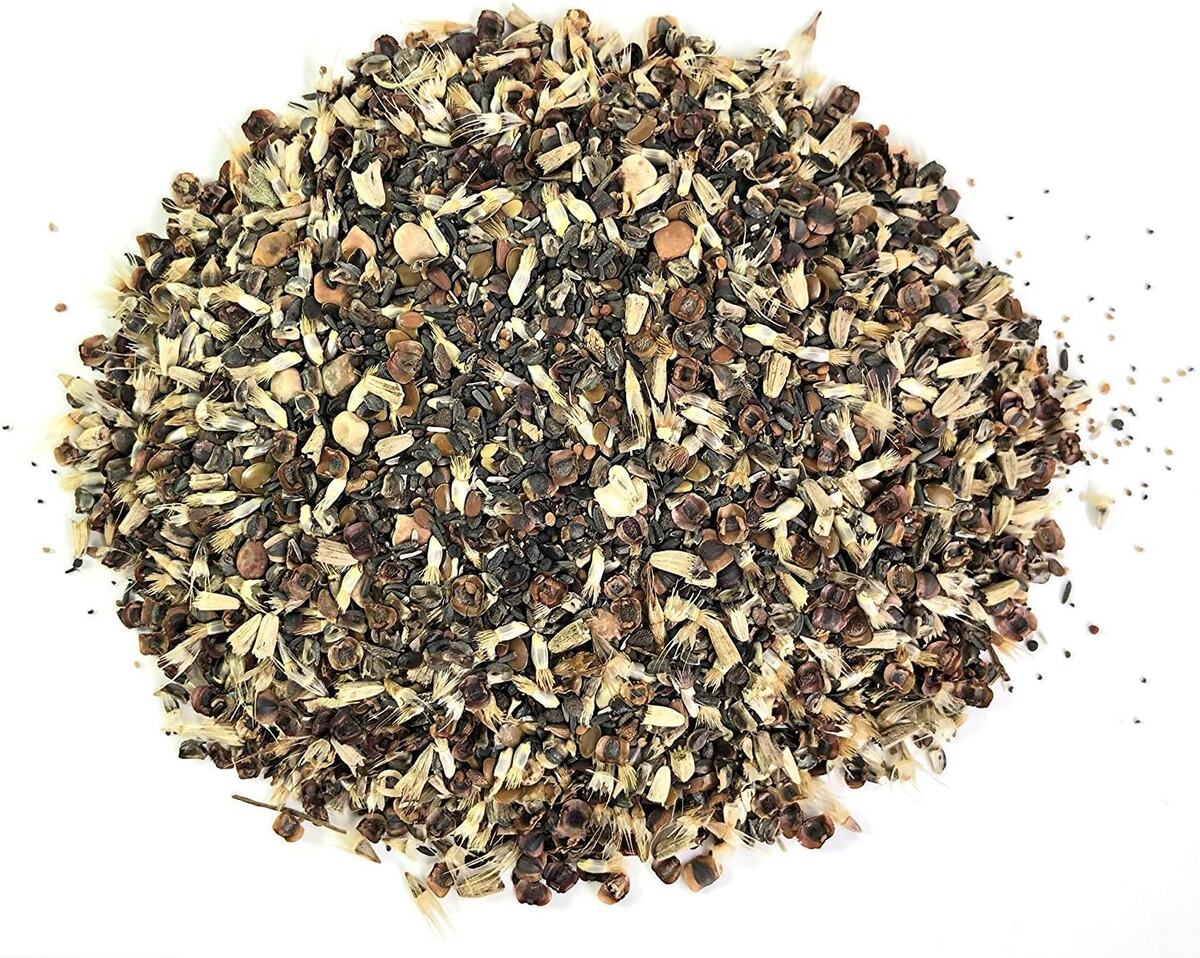
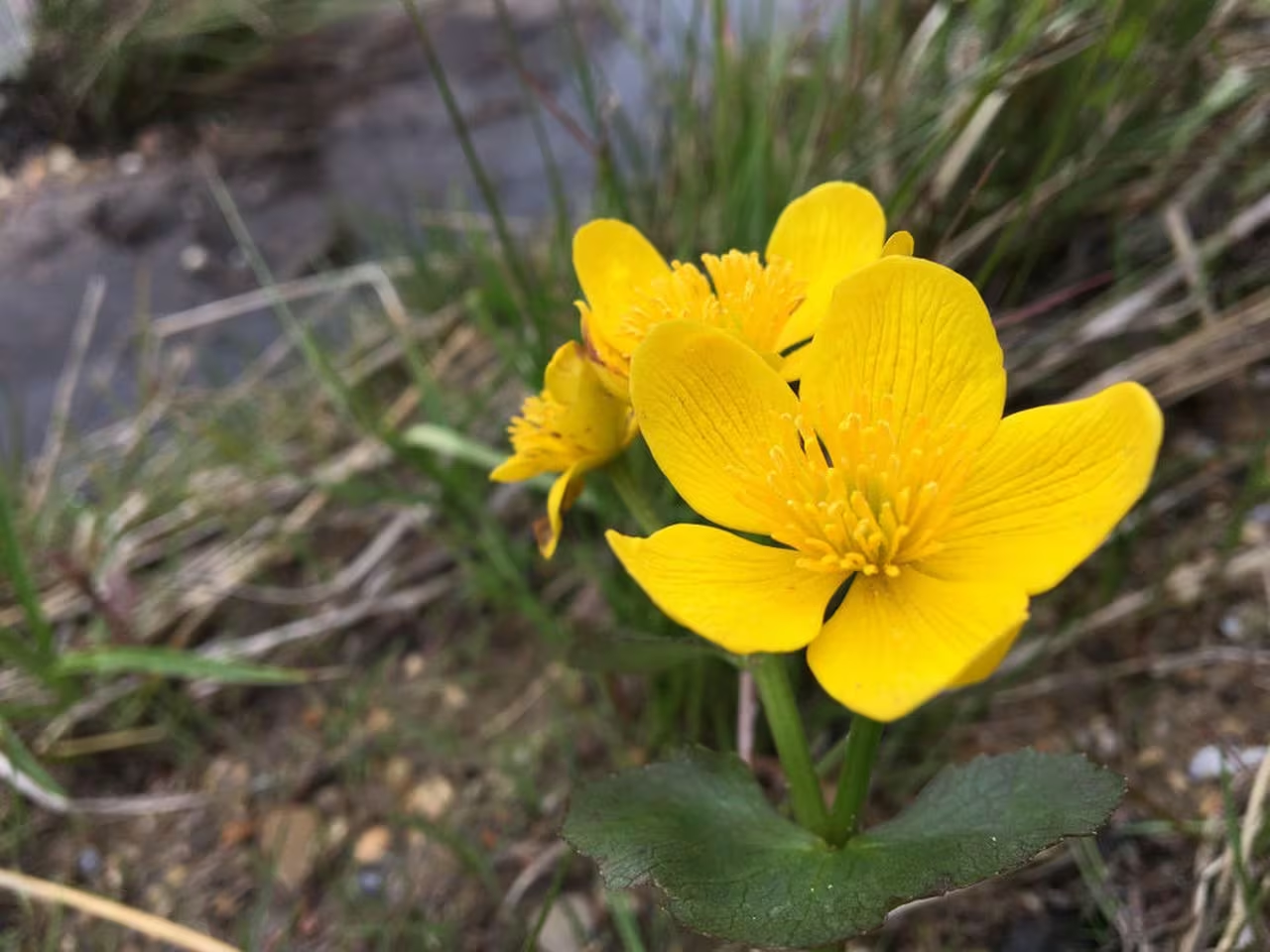

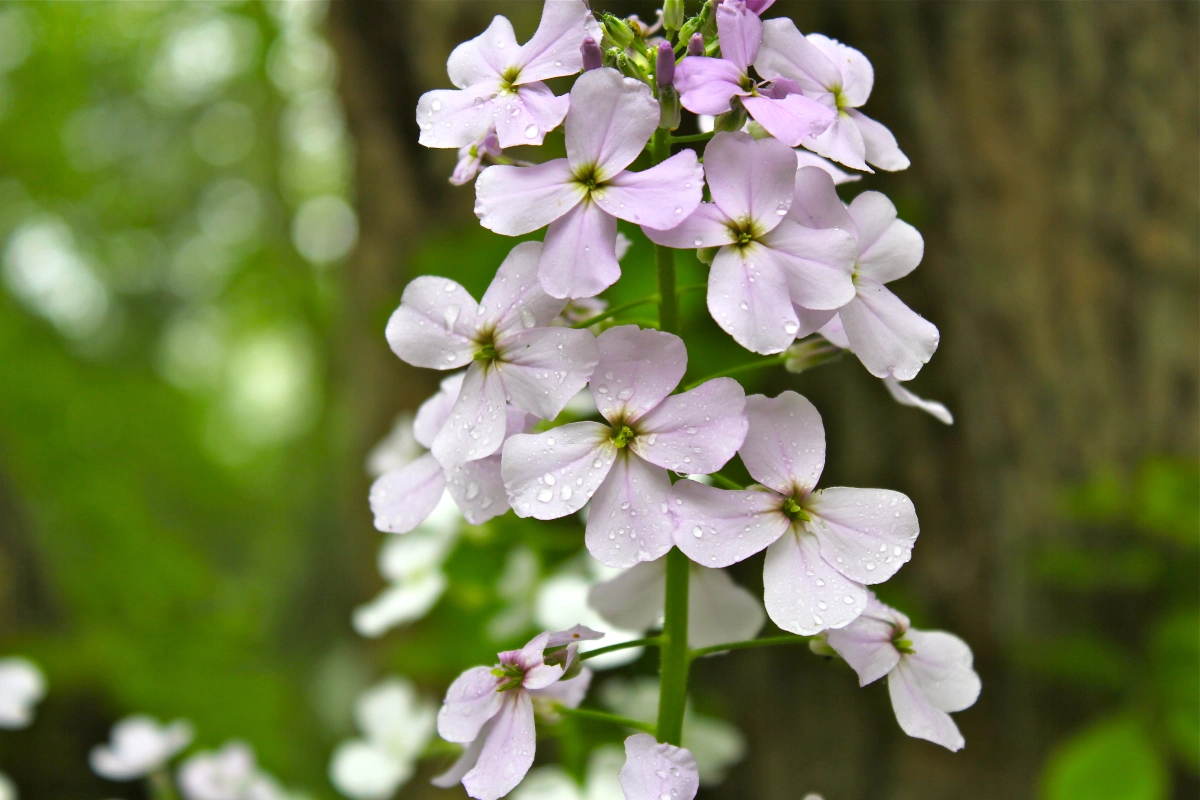
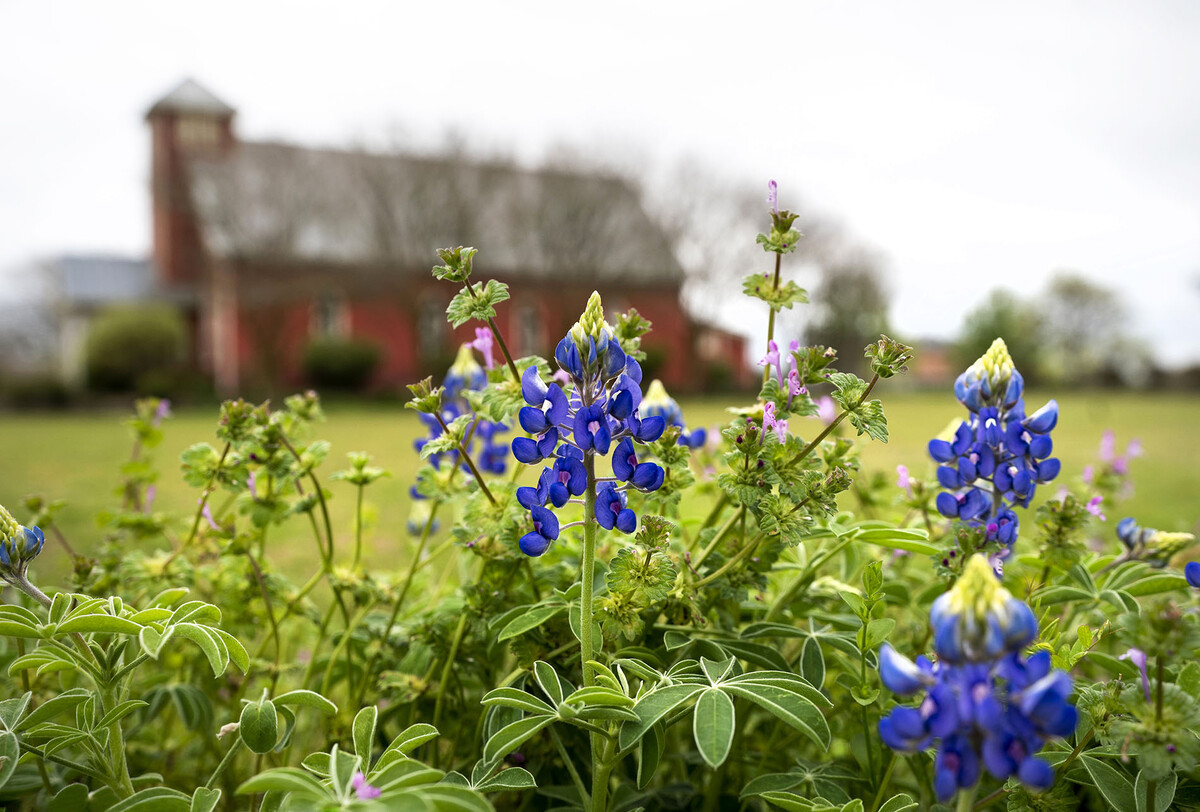
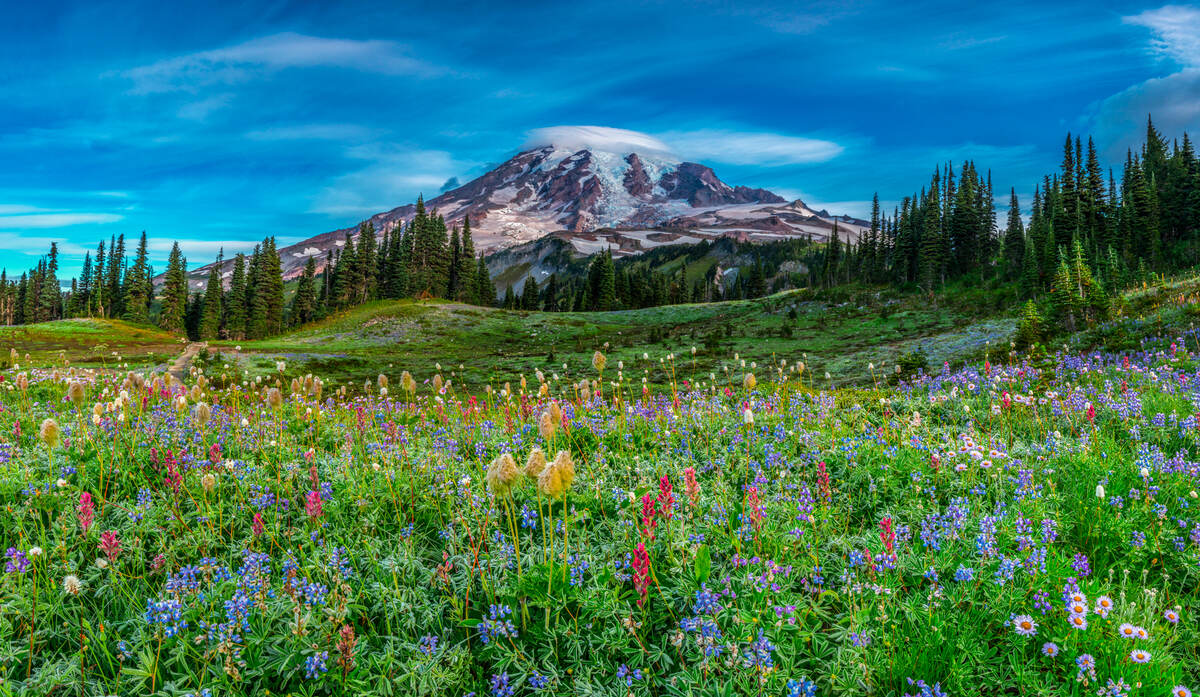
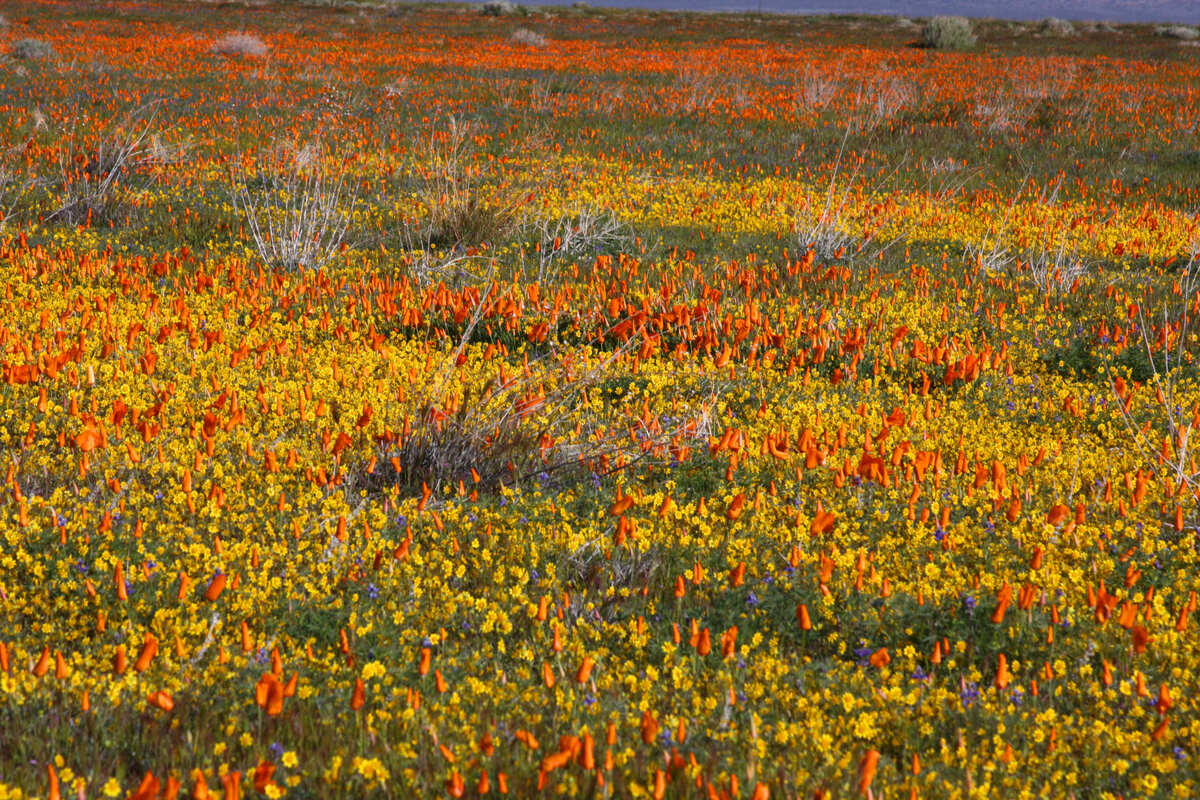
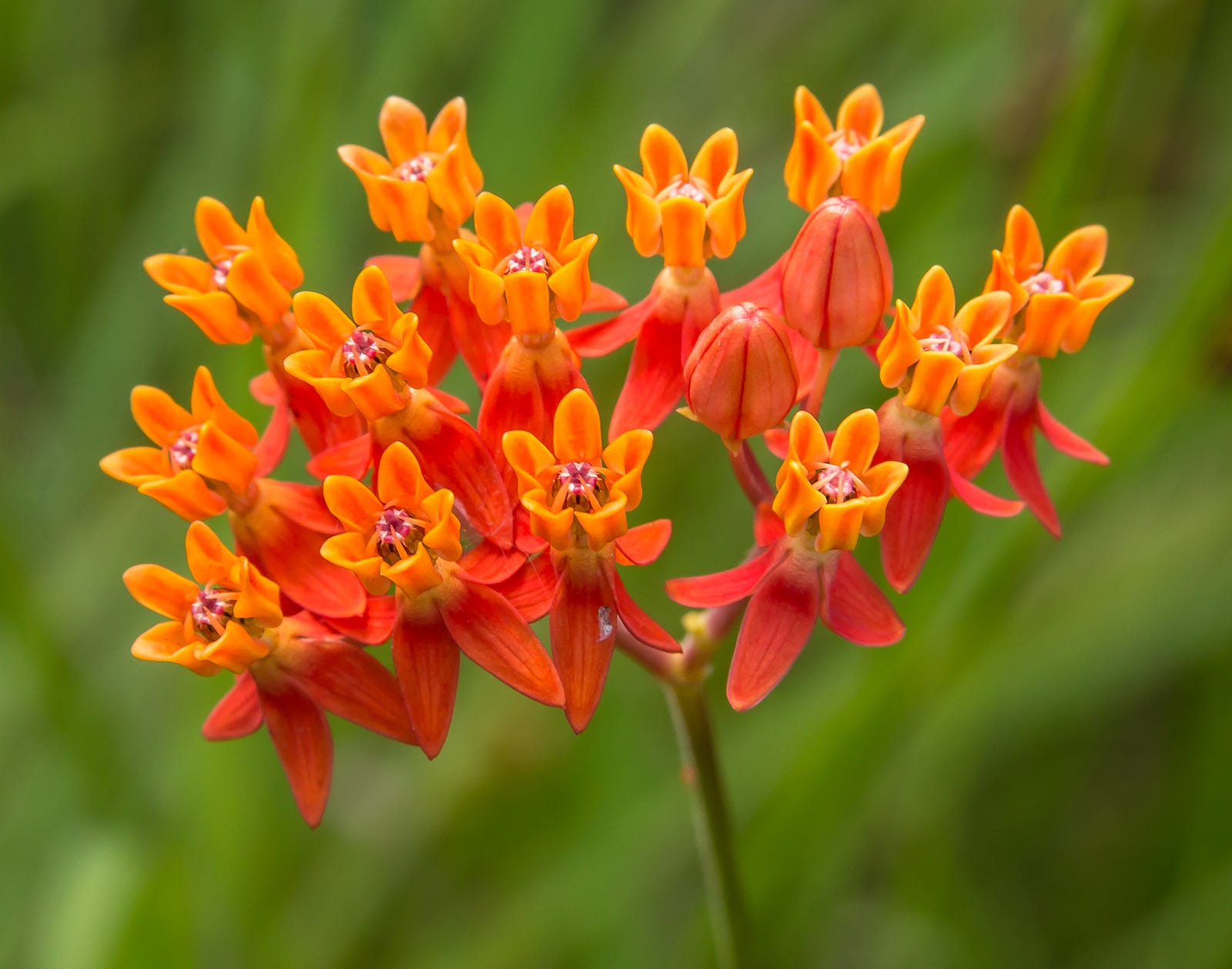
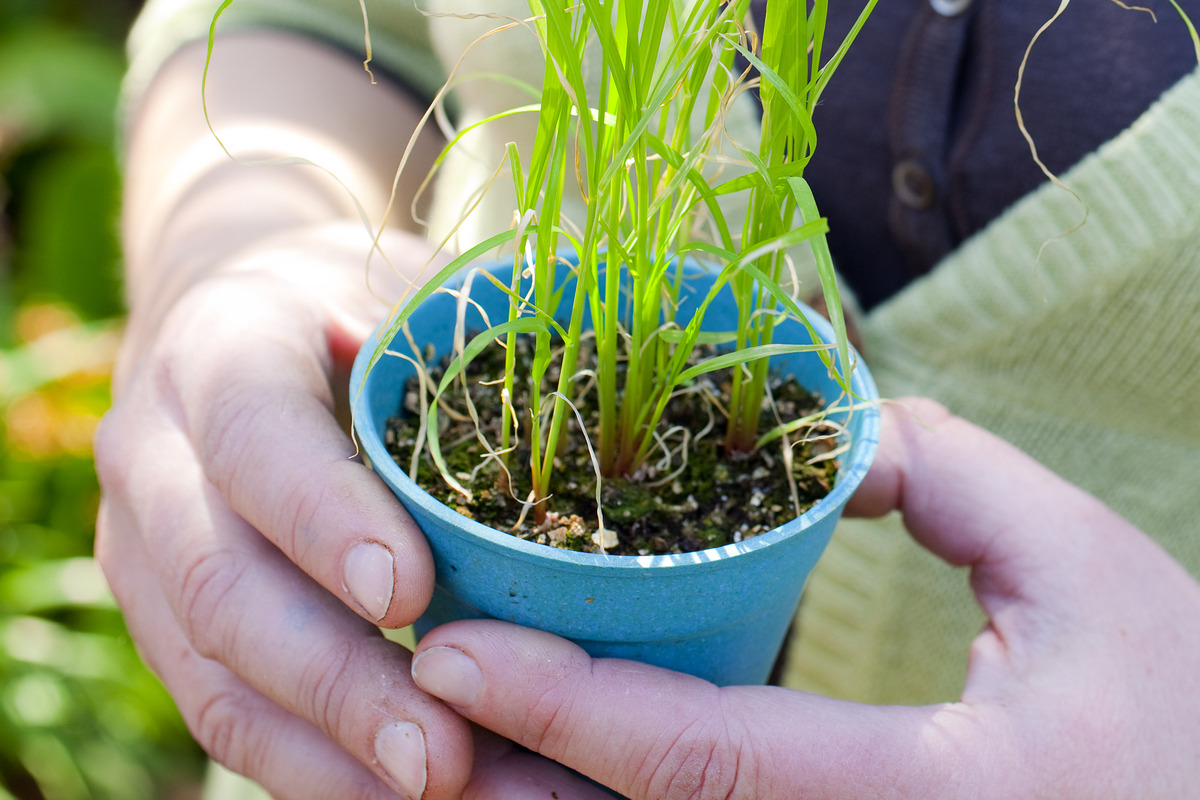
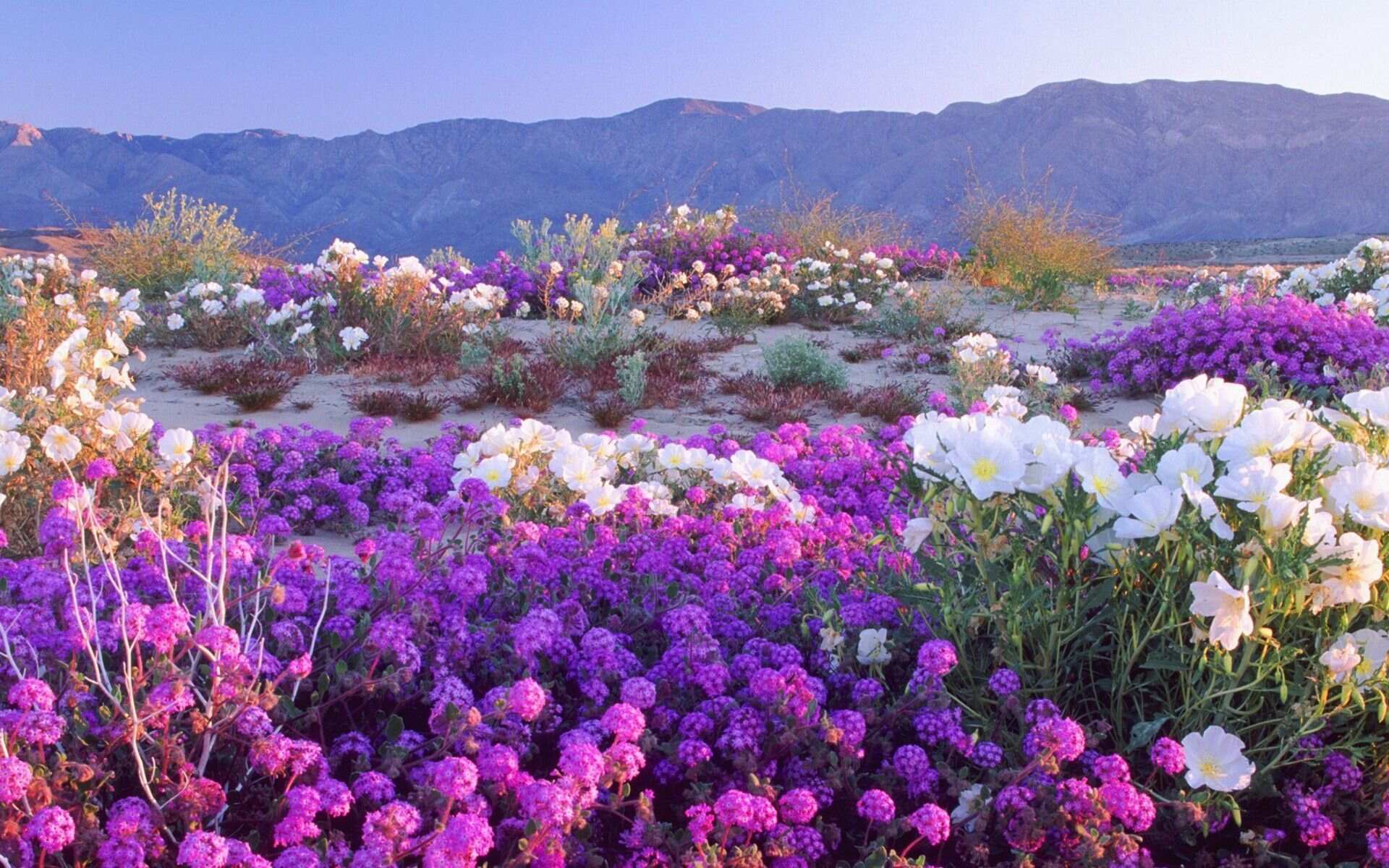

0 thoughts on “When To Plant Wildflower Seeds In Canada”